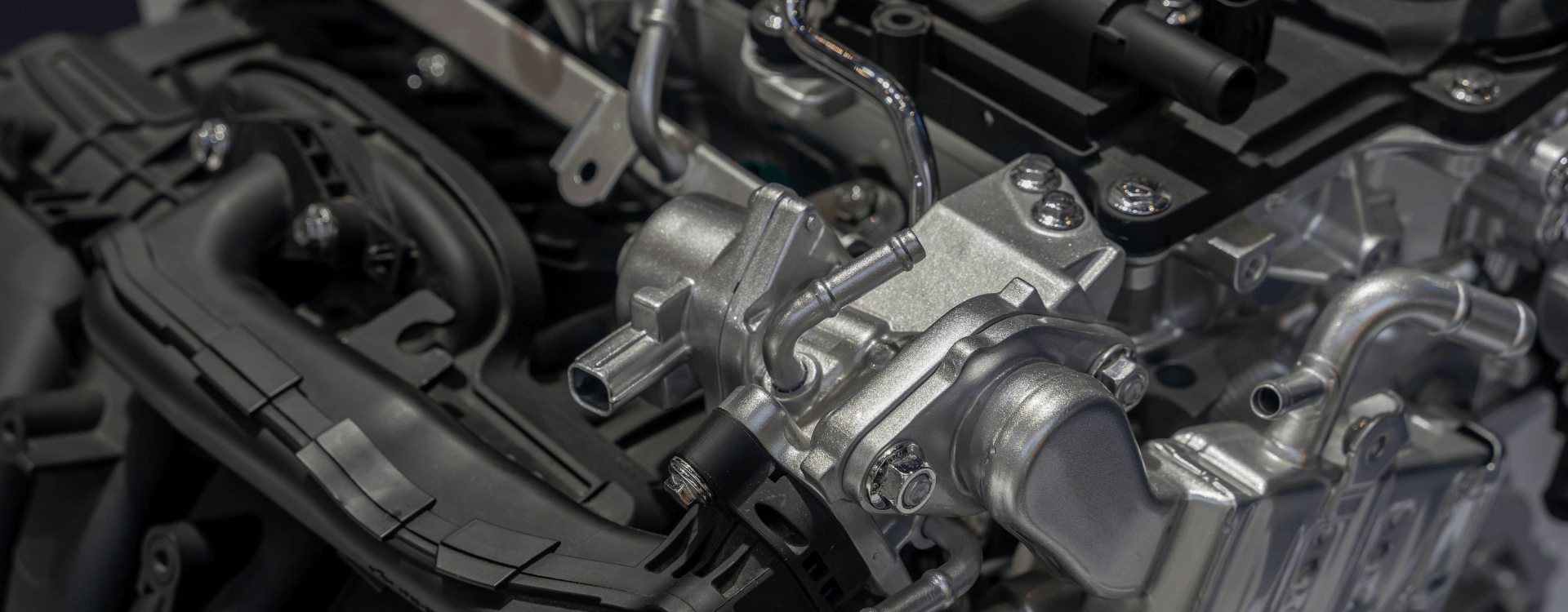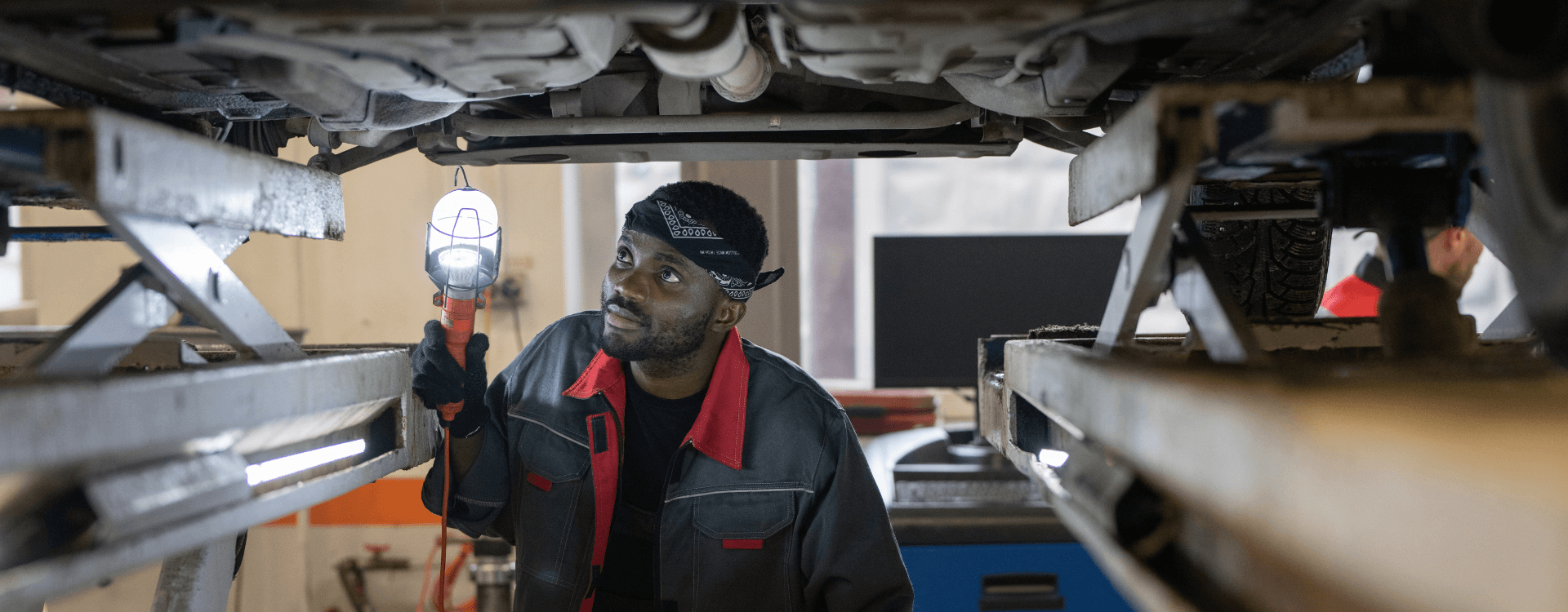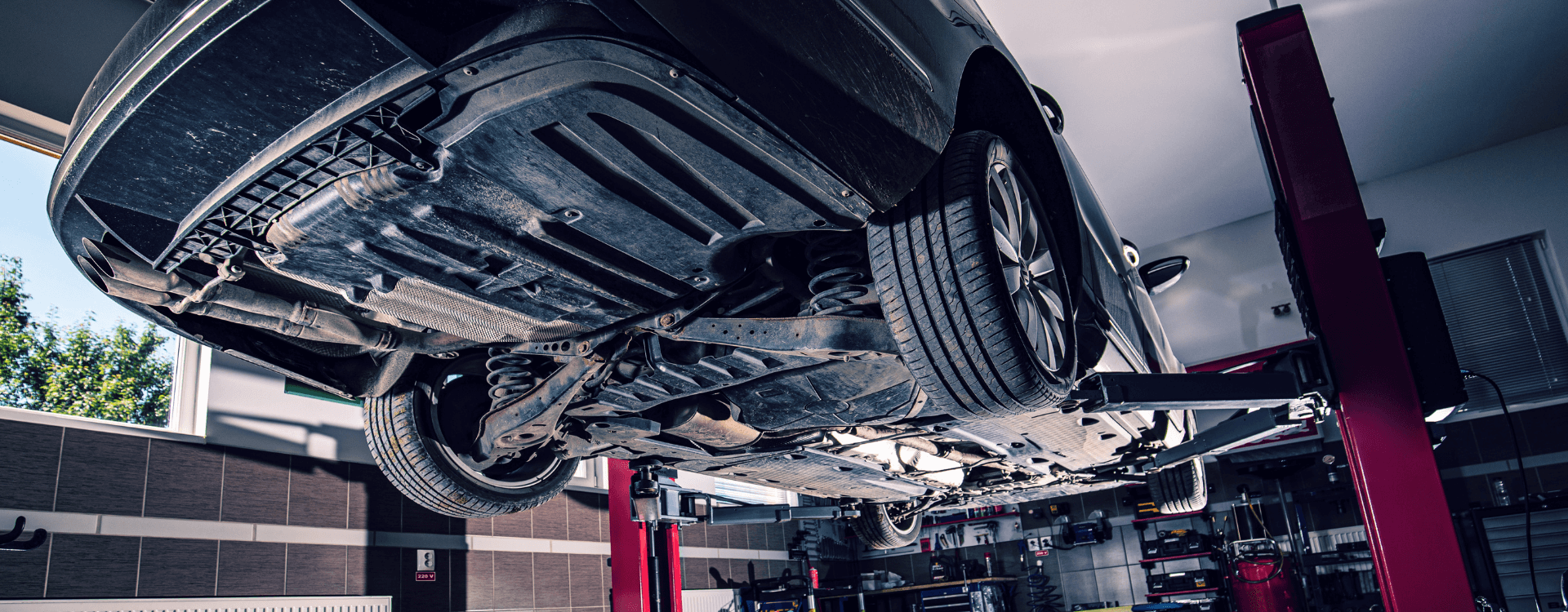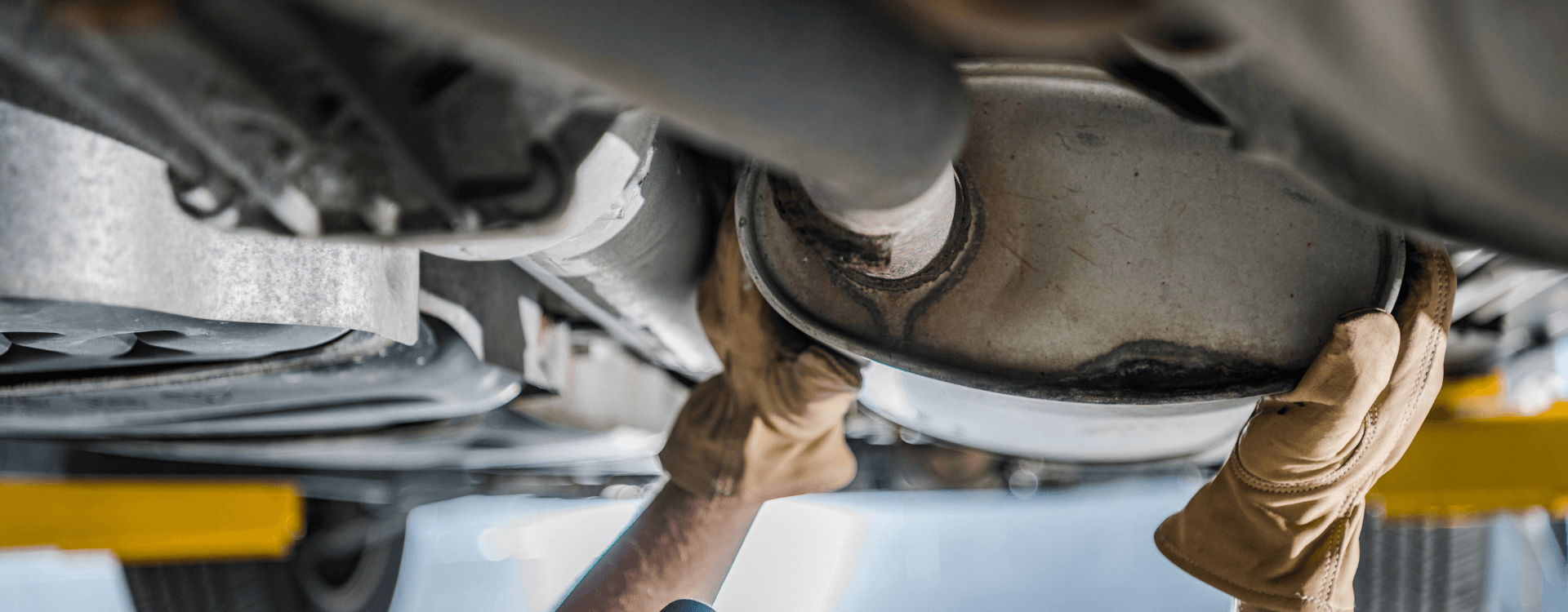
The Origins of the DPF and the Catalytic converter | Knowing and Understanding the Regulations/Laws
There are many talks about the DPF and the catalytic converter, but we often forget why and how they became mandatory. They do not correspond to a whim of the manufacturers but a legal obligation. Let's be clear they are unessential to the proper functioning of a car and do not improve its performance. The whole point here is to make you aware of the context in which they appeared and to understand why you should not try to abolish them, under the penalty of very steep fines. Always in the idea to make you know your vehicle well, Krosfou transports you to the origins of the DPF and the catalytic converter.
An indisputable reality: air pollution
As soon as one supports his reasoning with figures, a battle of experts inevitably ensues. How can the data be correctly interpreted if the parameters of the measurements and studies carried out are not the same according to the interlocutors?
What is certain and indisputable is that the ambient air is increasingly saturated and polluted. Is the car alone responsible for the ecological disaster towards which we are making great strides? No, no matter what the car's detractors may say, but it has its share of responsibility. According to a report published by the CITEPA (Technical Reference Centre on Air Pollution and Climate Change) in 2019, the sectors with the highest emissions CO₂ are transportation (29%), industry and the tertiary sector (about 26%) and agriculture (nearly 19%).
Our cars emit all kinds of pollutants, whether gasoline or diesel. The main ones are:
-
Carbon dioxide (CO₂), responsible for the greenhouse effect, in other words for the increase in temperature;
-
Carbon monoxide (CO) ;
-
Nitrogen dioxide (NO₂), particularly harmful for asthmatics and young children;
-
Unburned hydrocarbons, which are highly volatile.
Therefore, it is in this context that the issue of particle filters and catalysts should be seen. In the face of ever-increasing air pollution, devices aimed at limiting it remains unavoidable and indispensable.
Public Enemy Number 1: Particles of all kinds
The very purpose of DPFs and catalytic converters is to filter pollutants from fuel combustion.
Pollutants are dispersed in the air in the form of more or less fine particles (PM), classified into two categories:
-
Primary particles, directly emitted into the atmosphere and resulting from incomplete combustion, such as those produced by internal combustion engines in cars;
-
Secondary particles present in the air as a result of Physico-chemical reactions.
This volatile dust is dangerous to health. They are harmful to different degrees, depending on their size:
-
the PM₁₀, with a diameter of below 10 micrometers (a micrometer is a million times smaller than a meter). These particles are stopped at the nose. -
The PM₂.₅, the most harmful. Their too small diameter allows them to infiltrate into the pulmonary alveoli and even into the bloodstream.
According to ADEME, the French Environment and Energy Management Agency, it is estimated that 48,000 people die each year from air pollution by particles.
Gasoline or Diesel, the hunt for the biggest polluter
This is the type of question that is likely to divide motorists! Every type of fuel has its good and bad students. Beware of making comparisons too hastily; it is not very relevant to compare a large sedan with a small city car.
The ADEME's Car Labelling site has been listing and classifying the technical characteristics of more than 4,000 vehicles for several years. Thanks to comparative sheets, you can choose a vehicle according to criteria related to its impact on the environment.
Do you want to know if your Catalytic Converter is Bad ? Do you want to know if your DPF is clogged ?
The origins of the DPF and the catalytic converter: Important dates
Now that the context is set, here are the key dates in the history of diesel particulate filters and catalysts.
1985: Daimler-Benz is the first manufacturer to equip the Mercedes S-Class with a particulate filter. It was discontinued in 1987, in part because it was too fragile.
1993: Catalytic converters become mandatory on gasoline vehicles. Diesel vehicles followed in 1997.
May 2000: French carmaker PSA Peugeot-Citroën uses the PAP technology in its 607.
2011: DPF are mandatory for new diesel vehicles.
September 2017: Following the new European standards, the PAP becomes mandatory for new gasoline cars.
Therefore, there are still today vehicles running without DPF because of their year of construction. It will not have escaped you that successive governments multiply the premiums to encourage individuals to change vehicles in order to renew the French vehicle fleet.
If there was a tolerance until very recently for scrapped vehicles, the new technical inspection rules in force since July 1, 2019, are much stricter for polluting emissions from diesel vehicles.
Moreover, stripping and the removal of the catalytic converter are to be prohibited, if you ever intend to try the experiment. The Highway Code provides for a fine of £7,500 for offenders because it is strictly forbidden "to make or have made on vehicle transformations that have the effect of removing a pollution control device, degrading its performance or masking its possible malfunction, or to engage in propaganda or advertising, whatever the mode, in favor of these transformations" (Article L318-3).
Are you looking for cheap spare parts ? Krosfou, the leader in DPF and catalytic converters offers you a range of products with an excellent quality/price ratio. Find on our site all our DPF and catalytic converters for all the vehicles' brands and models.










